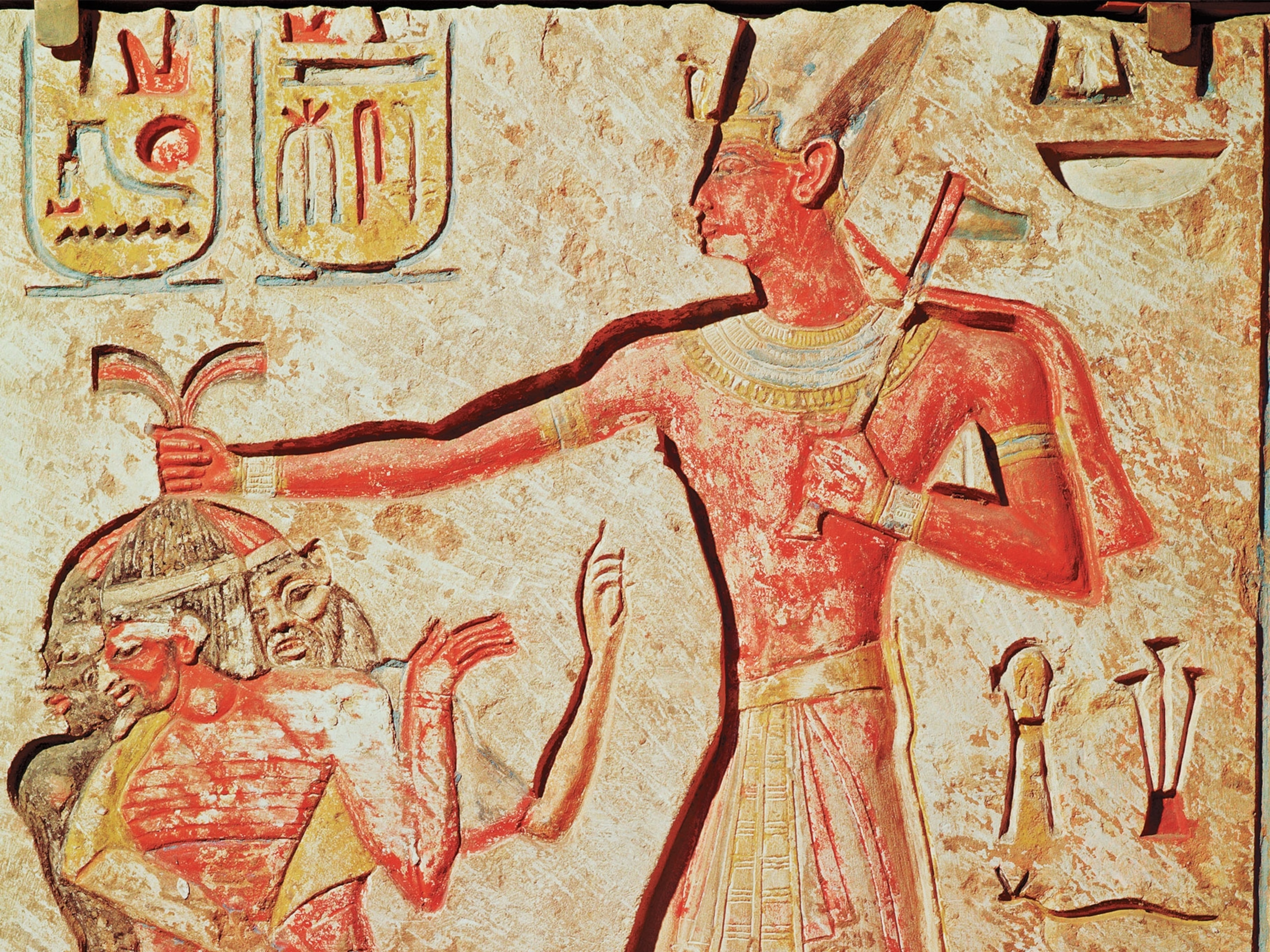See Why Japanese Women Are Paying to Cry with a 'Handsome' Man
In a society that values emotional suppression, see how this attractive man is being paid to make you weep.
Even though numerous animal species shed tears, emotional crying is a uniquely human activity. Regardless of the reason behind it, many people believe that expressing one’s emotions in this way can be both cathartic and healthy. In Japan, entrepreneur Hiroki Terai has even adopted this belief as a business strategy. He is the founder of a group crying service that encourages people to cry together while a “handsome weeping boy” wipes their tears away.
Known as rui-katsu or "tear-seeking," the practice is especially popular with women and is said to relieve stress levels. In the short film "Crying with the Handsome Man," filmmaker Darryl Thoms explores this unusual practice and why its founder believes it is bringing people together.
The Australian-born Thoms got his start in photography working for a company in Tokyo at the tender age of 21. “Naïve, wide-eyed, and absorbing everything quirky and unusual–the fascination never ended,” says Thoms of his younger self. He then recalls seeing a brief, satirical article about a company that “sends handsome men to dry the tears of crying Japanese women—Ikemeso Takkyubin—literally the Tear Couriers.”
After some digging, Thoms tracked down its founder, Hiroki Terai. Terai turned out to be an accomplished businessman and author with 11 published books under his belt, including one called Ikemeso Danshi, which features pictures of attractive men crying.
Terai secured permission for Thoms to record one of his crying therapy sessions, which is hosted by a “handsome man” named Ryeui-san. “Ryeui is also a singer and samisen player who happens to be handsome, and to have studied the healing effects of tears,” says Thoms.
Crying Among Cultures
For those in Western societies, this crying practice might seem unorthodox—perhaps even downright strange. But for many cultures worldwide, showing sadness or anger is considered taboo, and the rites of passage into manhood dictate that emotions must be suppressed, even obliterated.
In fact, the Japanese are among the least likely to cry of 37 nationalities polled by the International Study on Adult Crying; Americans are the most likely.
When asked what gave him the idea to provide such a service, Terai says that he first discovered the need for a unique way of counseling Japanese couples to get over their recent divorces through inducing tears.
“Ceremony is an important concept in Japanese culture—from tea pouring and flower arranging, to traditional samurai and karate training—there is always a ceremony. It helps program the mind and make it receptive to change,” says Thoms. “There is a ceremony on the way into a [marriage] union, and without one on the way out, he said that many people feel lost with no sense of completion.”
Terai found that in many cases of divorce, women were the ones initiating the split. Many Japanese men work more than 14-hour workdays, often working during the weekend as well. Their downtime might involve playing golf or sleeping all day in preparation for the upcoming work week. Thus, his “crying service” was designed originally to aid divorced women, but he found that others benefited as well.
“It is the elation you feel after you cry that this service essentially provides," says Thoms. "As a writer, Mr. Terai had extensively researched the benefits of crying, and developed a technique over a number of years to induce tears, finally launching it in September 2015.”
The Power of Attraction
So...why a handsome man? “He said that many people behave differently around people they are attracted to, and certain experiences are more emotionally heightened when there is someone in your midst that you find attractive," explains Thoms. "The dilation of pupils, faster beating of the heart and other signs only help with the elation from the crying experience.”
Thoms also says he can attest to the results he felt in the room after the session was completed. “The joy felt by the women after experiencing the crying session was palpable–they were all smiling and enthusiastic afterward, and seemed relaxed—even quite chatty. Ryuei-san mentioned how he can feel the changes in the people he helps cry, in a similar way to how he feels the audience's mood change after listening to a live music performance.”
He also revealed that Terai himself partakes in therapeutic crying on weekends, which he believes can relax you deeply and prepare you for the upcoming week.
“In Japanese society where most people–especially women who have managed to navigate and smash through the glass ceiling into high-pressure jobs—don't have a supporting partner to come home to and unload the stresses of the day, there is a need left unfulfilled," says Thoms. "Mr. Terai’s Ikemeso Takyyubin fulfills this need for many.”
“I think in other cultures with more virtual, rather than actual physical relationships, there will be an increasing need for this service,” he adds.
The Short Film Showcase spotlights exceptional short videos created by filmmakers from around the world and selected by National Geographic editors. We look for work that affirms National Geographic's belief in the power of science, exploration, and storytelling to change the world. To submit a film for consideration, please email sfs@natgeo.com. The filmmakers created the content presented, and the opinions expressed are their own, not those of National Geographic Partners.








